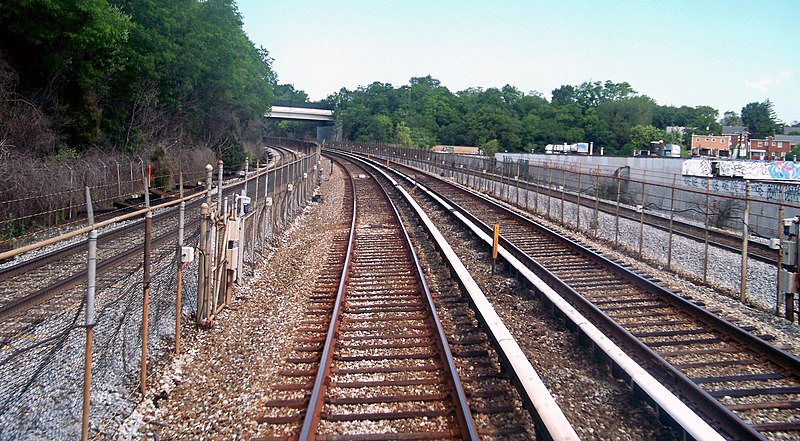
Last October, we discussed the fact that AIG’s failure cost some transit systems huge amounts of money. In agreements between transit agencies and banks, the banks would purchase transit vehicles, and the agencies would pay regularly in lease agreements. AIG insured the transit agencies’ payments – so when they failed, some of these banks used a clause in their contract to ask for immediate payment of the full vehicle costs.
In March, PBS quoted Carol Kissal of the Washington Metropolitan Area Transit Authority on the potential of these payments: “So this would mean, you know, no maintenance on track, delay, cuts in service. Repairs would go to the wayside.” It’s unclear if any payments to banks have been made as a result of AIG’s insolvency, but there is a question here – could last week’s accident be an indirect effect of our financial system’s mess?
The NTSB has said a test train at the location of the stopped train last week wasn’t detected by the automatic train control system. It’s not clear yet that maintenance money was an issue here, but it’s clear WMATA doesn’t have the money they need to keep running at their current capacity – they say they need $12 billion over the next ten years for maintenance, and they have nowhere near that available.
In good news for us, Sound Transit plans for operations and maintenance somewhat indefinitely. Part of the funding for Sound Transit 2 is operations and maintenance money, and even if we didn’t expand our system again in several decades, when the Sound Transit 2 taxes were rolled back, the Sound Move portion would continue to fund maintenance for Link.

Wow. I’m impressed. It shows how deep and how far reaching the impacts of special arrangements can be. No wonder regular folks are not ‘paying as they go’ or saving like they should with bahaviors like this being de rigour for many years.
Since AIG collapsed less than a year ago I doubt this had an impact in the case of WMATA. I hope it is clear that operations and maintenance aren’t as simple as the cost of a driver. Maintenance of the roads and track for bus and rail respectively are equally important though often neglected. Had we built the Forward Thrust Rapid Transit plan I think our region would have been well off but we would likely be asked at the same time of replacing the AWV and 520 bridge to spend $12+ billion to retrofit the Forward Thrust system to be safe in earthquakes, etc.
I came here to remind everyone that the 1000-series cars were rebuilt from 1993 to 1996 by Breda so they were like new as of then and thus are only 13 to 16 years old today.